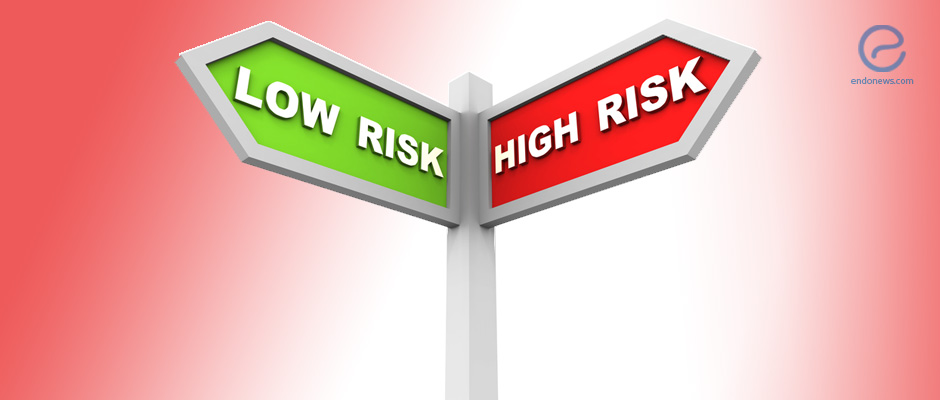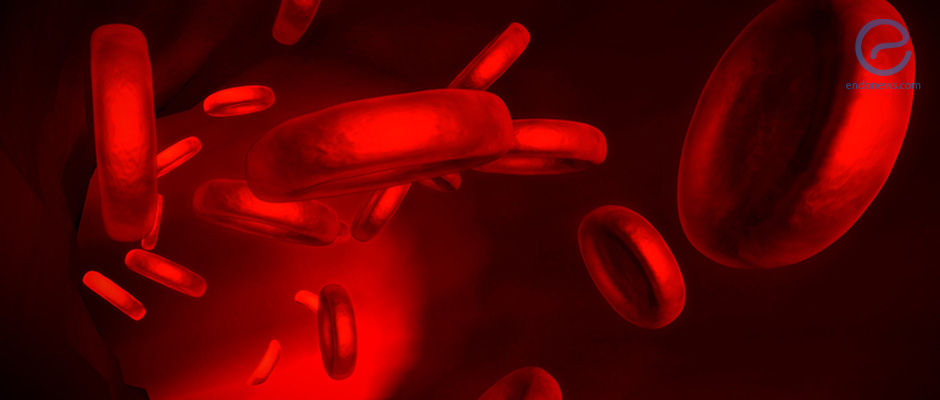How Neuroinflammation Sensitizes Pain Pathways in Endometriosis
A research team led by Dr. Golinska published a study in Frontiers in Immunology exploring why endometriosis can cause such severe and persistent pain, even when lesions appear small or limited on imaging. Their work focused on a biological process known…
Key Points Lay SummaryCell-Aging-Related Pathways Linked to Endometriosis Pathogenesis
The biology of endometriosis continues to challenge conventional understanding. While inflammation, hormonal imbalance, and immune dysfunction have long been recognized, this new study explores an entirely different dimension—cellular aging. Researchers from Shanghai Obstetrics and Gynecology Hospital, used a multiomic approach…
Key Points Lay SummaryEndometriosis Immunopathology: The Macrophage Connection
Macrophages and tiny signaling particles called extracellular vesicles (EVs) are emerging as central immune players in how endometriosis develops and persists. Together, they shape the immune environment around endometriotic lesions, helping them survive, spread, and resist the body’s defenses. In…
Key Points Lay SummaryInflammation, Analgesic Use, and Pelvic Pain: Evidence From Women With and Without Endometriosis
Pain during intercourse and pain with bowel movements are associated with inflammatory markers in women without endometriosis, found a new study published in the International Journal of Molecular Sciences. On the other hand, the link between symptoms of pelvic pain…
Key Points Lay SummaryInvestigating SEMA3F in Endometriosis Pathogenesis
Semaphorin-3F (SEMA3F), a protein that plays a role as a tumor suppressor, may control the development of endometriosis, according to a new study published in the scientific journal Gynecologic and Obstetric Investigation. It may do so by affecting the proliferation,…
Key Points Lay SummaryTargeting Osteopontin to Detect and Treat Endometriosis
The protein osteopontin is significantly elevated in ectopic endometrial stromal cells and in the menstrual blood of individuals with endometriosis, according to a recent study published in Human Reproduction. The findings suggest that osteopontin plays a key role in driving…
Key Points Lay SummaryDysregulated Metabolomic Signatures of Young Patients With Endometriosis
A new study published in Human Reproduction reveals that adolescents and young adults with endometriosis exhibit significant dysregulation in their plasma metabolomic profiles. In particular, fatty acyls and ceramides were found to be elevated in patients with endometriosis compared to…
Key Points Lay SummaryTenascin C as a Crucial Player in Peritoneal Endometriosis Pathogenesis
Tenascin C, an extracellular matrix protein, may play a key role in the events leading to the development of peritoneal endometriosis, according to a new study published in the journal Fertility & Sterility Science. To describe elements of the extracellular…
Key Points Lay SummaryLinking Endometriosis to Age-Related Macular Degeneration
The macula, the central region of the retina, is crucial for sharp central vision and the color perception. Age-related macular degeneration (AMD) primarily affects this area and progresses through different stages, ranging from early to advanced forms. AMD has two…
Key Points Lay SummaryIncreasing evidence suggests that endometriosis should be considered a systemic disease
Professors Tulandi from McGill University, Canada, and Vercellini from Milano University, Italy, have recently published their expert opinion on endometriosis as a systemic disorder in Reproductive Biomedicine Online (RBMO). The contemporary view on endometriosis is suggestive of a type of…
Key Points Lay SummaryCausal links between inflammatory regulators and endometriosis phenotypes
Endometriosis is believed to be polygenic and multifactorial, involving processes such as angiogenesis, immune responses, hormonal changes, and progesterone resistance. Inflammation is suspected to play a crucial role in its development, potentially creating a microenvironment that supports ectopic endometrial tissue growth.…
Key Points Lay SummaryLow-grade albeit longstanding inflammation may have a pivotal role in the ovary
Academicians from Japan led by Associate Professor Makoto Orisaka published their update related to the role of inflammation in polycystic ovaries, endometriosis, and aging in the medical journal Frontiers in Endocrionology. Inflammation is the response of tissues to noxious stimuli…
Key Points Lay SummaryA herbal product has promising results in experimental endometriosis
Neroli oil (bitter orange) is a nontoxic volatile substance from the flowers of Citrus aurantium that belongs to the Rutaceae family. This oil has notable anti-inflammatory effects besides potent antioxidant activity with 100% singlet oxygen scavenging activity. Contemporary pathophysiological views…
Key Points Lay SummaryCould H1-antihistamines be beneficial in endometriosis management ?
K. B. Manthra, PhD, a postdoctoral researcher from the University of Minnesota has written a “clinical opinion” in a recent issue of the periodical American Journal of Obstetrics and Gynecology, Global Reports. Endometriosis is currently regarded as a chronic inflammatory…
Key Points Lay SummaryVicious cycle: The promoting role of previous endometriosis foci for new lesions
An experimental animal study on the pathogenesis of endometriosis from the Institute for Clinical and Experimental Surgery, Saarland University, Hamburg has been published in a recent issue of International Journal of Molecular Sciences. Endometriosis is a well-known common gynecological ailment…
Key Points Lay SummaryPeritoneal Endometriosis and Acyclical pelvic pain
The most debilitating symptom of endometriosis is chronic pelvic pain. The peripheral nervous system is affected and the growth and regeneration of sensory nerve fibers in endometriotic tissue has been identified. The first line treatment which is hormonal therapy for…
Key Points Lay SummaryEndometriosis and Progesterone Resistance
Progesterone resistance is the unresponsiveness of endometrium with subsequent dysregulation of the progesterone signaling pathway, and endometrial gene works. Progestins, on the other hand, are the first-line treatment choice, especially for long-term treatment of endometriosis. In the clinics, one-third of…
Key Points Lay SummaryScientific unfolding will lead new drug targets
Drs. Dolmans and Donnez from academic institutions located in Brussels, Belgium, have published their comprehensive review on the current pathophysiological concepts in endometriosis with possible drug treatment potentials in the recent issue of a scientific journal named “Biomolecules”. As a…
Key Points Lay SummaryMolecular and cellular mechanisms of fibrogenesis in endometriosis
Endometriosis lesions are characterized by endometrium-like cell proliferation, invasion, and oxidative stress associated with inflammation and neoangiogenesis. Fibrosis, which occurs due to these events, causes chronic pelvic pain depending on the location and the severity of endometriosis. For the purpose…
Key Points Lay SummaryPostoperative serum markers to predict serum AMH recovery following endometriosis surgery
Women with endometriosis seek treatment including ovarian cystectomy, because of symptoms that reduce their quality of life. Ovarian cystectomy using laparoscopic or robotic devices is the preferred therapy. However, it has been shown in the literature that ovarian reserve is…
Key Points Lay SummaryIs endometriosis an oxidative stress-induced inflammation?
The roots of endometriosis are still controversial, but the effects of inflammation and oxidative stress have been accepted by scientific authorities. In the review conducted by Lauren Clower et al, the studies about oxidative stress and endometriosis have been analyzed.…
Key Points Lay SummaryThe effects of resveratrol on endometriotic cells
The current treatment methods for endometriosis still carry recurrence risks and side effects from medications. Herbal medicine has been investigated and used as an additional alternative method. Derived from several plants and found in some dietary sources, resveratrol is a…
Key Points Lay SummaryIs it possible to reduce pain by diet in endometriosis?
Endometriosis-related pain is one of the most common symptoms of endometriosis that significantly affects the patient's quality of life. The peripheral and central sensitization, caused by chronic inflammation activation, may result in referred pain. The pain perception was shown to…
Key Points Lay SummaryPotential New Approach to Treat Endometriosis
Inhibiting ribosome biogenesis could be a potential therapeutic approach for endometriosis according to a new study published in the scientific journal Biomedicines. Ribosome biogenesis plays a key role in protein homeostasis during cell growth and division. Previous research has shown…
Key Points Lay SummaryInflammatory and genetical background of endometriosis may yield new therapeutic approaches
Elisa Giacomini and colleagues from medical centers in Milan, Italy have published their review manuscript on the inflammatory and genetical pathogenetic background of endometriosis in a recent issue of “International Journal of Molecular Sciences”, suggesting also new therapeutic approaches. The inflammatory…
Key Points Lay SummaryMolecular alterations in endometriosis pathogenesis
Endometriosis has been in our lives for decades, however little is known about its pathogenesis making it hard to diagnose and manage. A review study conducted by Balasubramanian et al. from India reveals all the characteristics and the underlying conditions…
Key Points Lay SummaryEtiopathogenesis of Endometriosis and Links with Endometrial Cancer
Professor Terzic and colleagues from the Medical School of Nazarbayev University, Kazakhstan published their review on the molecular aspects of endometriosis and endometrial cancer in “International Journal of Molecular Sciences”. The etiopathogenesis of endometriosis has remained controversial, with recent studies…
Key Points Lay SummaryPotential new Target to Reduce Endometriosis Pain
The inflammatory mediators, bradykinin, and bradykinin B1 receptor may play a role in the onset of endometriosis-associated pain according to a new study by Chinese researchers. They do so by inducing the prostaglandin signaling pathway. Therefore, targeting these biological pathways…
Key Points Lay SummaryThe clues for pain and infertility in endometriosis/adenomyosis complex
Drs. Gruber and Mechsner from Charite University-Berlin, Germany published their comprehensive review on pathophysiological background of endometriosis and adenomyosis in the scientific periodical “Cells”. Chronic pain and fertility problems are the main clinical issue in endometriosis and adenomyosis patients. In order to…
Key Points Lay SummaryPromising therapeutic results in experimental endometriosis model
Tiziana Genovese and associates from Italian academic centers reported their pioneering findings in an experimental model of endometriosis administering an anti-tumor agent and glucocorticoid combination, published in the scientific periodical “International Journal of Molecular Sciences”. Endometriosis is a worldwide common disease…
Key Points Lay SummaryDoes hyaluronic acid have a role in endometriosis?
Pei-Hsiu Yu and associates from Tainan, Taiwan, published their results of original research on the role of hyaluronic acid in endometriosis formation in a recent issue of "Taiwanese Journal of Obstetrics and Gynecology". Hyaluronic acid, a glycosaminoglycan protein in the…
Key Points Lay SummaryWomen reject using hormonal drugs for endometriosis, an accelerating need for nonhormonal medications
Although the pathophysiology of endometriosis is poorly understood, endocrine drugs are widely used for reducing inflammation and patients’ symptoms. Burla and colleagues aimed to evaluate the patients’ thoughts and expectations about the endocrine drugs which are used in the treatment…
Key Points Lay SummarySelected Blood Inflammatory Biomarkers May Help Identify Endometriosis
Levels of inflammatory biomarkers in the blood differ between women with endometriosis and those without the disease. Levels of some biomarkers also differ according to the stage of endometriosis. This is according to a new study by Polish scientists published…
Key Points Lay SummaryEndometriosis and Inflammation: How to Treat it?
Women with endometriosis have systemic and localized inflammation within eutopic and ectopic endometrial tissues found in a study published in the "American Journal of Reproductive Immunology". More importantly, the study also found that the inflammation caused by the disease could…
Key Points Lay SummaryPain in Endometriosis
Endometriosis is a chronic and debilitating condition characterized by chronic pelvic pain (CPP) and infertility. It affects approximately 10% of women globally and more than 60% of women diagnosed with endometriosis report CPP. However, the mechanisms underlying the associated pain…
Key Points Lay SummaryNon-coding RNAs and Endometriosis
Non-coding RNAs may have a fundamental role in the development of endometriosis. Non-coding transcripts have regulatory roles in the expression of protein-coding genes, thus regulate several signaling pathways. Based on their length, these non-coding RNAs are classified into two main classes:…
Key Points Lay SummaryMental stress promotes mice endometriosis
Endometriosis is a disease for which pathogenesis and progression are not fully understood. Inflammation is one of the key candidates that might be related to the creation or progression of endometriosis. In the study conducted by Kawakita et al from…
Key Points Lay SummaryIs there a commonality between endometriosis and systemic lupus?
Systemic lupus erythematosus (SLE) is an autoimmune disease that can affect many organs including the skin, joints, the central nervous system, and the kidneys. Women of childbearing age and certain racial groups are at increased risk to develop the condition.…
Key Points Lay SummaryWhite blood cell neutrophils link to immunosuppressive environment in ovarian endometrioma
Recently the contribution of neutrophils to the pathogenesis of endometriosis has been suggested. Several observations fuelled this suggestion, such as the accumulation of neutrophils in the peritoneal fluid of ovarian endometriosis; neutrophil extracellular traps were found in the peritoneal fluid of…
Key Points Lay SummaryOxidative stress leads to elevated cytokines, excessive structural damage and angiogenesis
Endometriosis is characterized by elevated intracellular reactive oxygen species, which is then believed to upregulate inflammatory cytokines. Reactive oxygen species also regulate the activation of nuclear factor kappa-light-chain-enhancer of activated B cells (NF-κB), which is closely linked with immune responses.…
Key Points Lay SummaryRegulation of Inflammation in Endometriosis
Endometriosis is an estrogen-dependent and multifaceted gynecological condition. Unfortunately, this disease frequently causes chronic and cyclic pelvic pain. Though there are several treatments are available, there is not an actual cure for this disease. Therefore, the development of new therapy…
Key Points Lay SummaryEndometrioma, follicular fluid, oocyte and embryo
It is estimated that infertility occurs in more than one-third of women with endometriosis. How endometriosis affects fertility, however, is not clearly known. The follicular fluid provides a microenvironment for oocyte development and impacts embryo quality. Thus, it is believed…
Key Points Lay SummaryEndometriosis and Women’s Tendency Towards Blood Clotting
Women with ovarian endometriomas have an abnormally increased tendency toward blood clotting, study shows. Researchers think that this is due to the inflammatory nature of endometriosis. So abnormal coagulation parameters could be used to diagnose endometriosis, however, more detailed studies…
Key Points Lay SummaryEndometriosis and atherosclerotic cardiovascular disease
Endometriosis and atherosclerotic cardiovascular disease show the same pathologic mechanism in terms of endothelial dysfunction. Tan et al. from the Department of Obstetrics and Gynecology, the University of British Columbia, Vancouver, Canada reviewed the literature aiming to determine whether women…
Key Points Lay SummaryEndometriosis signaling: the role of IL-34
An increasing number of studies have suggested that the pathogenesis of endometriosis is mediated by cytokines, such as interleukin (IL)−17, which promoted the formation and progression of endometriosis by up-regulating angiogenesis and pro-inflammatory cytokines secretion. IL-34 is a newly described…
Key Points Lay SummaryNatural killer cells receptor expression in endometriosis
Increasingly, studies have reported that endometriosis pathogenesis is related to defect in immune functions. The data also points to the impaired function of natural killer (NK) cells, leading to less cytotoxic NK cell activity in endometriosis. Similar to B and…
Key Points Lay SummaryThe role of inflammation, oxidative stress, angiogenesis, and apoptosis in the pathophysiology of endometriosis
Endometriosis is a very common gynecological disorder affecting approximately 10% of reproductive-aged women, and it is known by the abnormal growth of endometrial stroma and glands outside the uterus. Though the pathogenesis of endometriosis is not clearly understood so far,…
Key Points Lay SummaryImmune environment of endometriosis
The results from the past decade of research have shown that an altered pro-inflammatory immune environment in endometriosis is believed to contribute to the pathophysiology of the disease. Because of changes in the immune microenvironment in the disease state, the…
Key Points Lay SummaryM1 and M2 macrophages in ovarian endometriomas
Macrophages play an essential role in the immune response during inflammation and have been implicated in diseases such as inflammatory conditions and cancers. Broadly, macrophages are classified into M1 and M2. The M1 macrophages are pro-inflammatory, and in contrast, the…
Key Points Lay SummaryCould Vitamin D Be Linked to Endometriosis?
There does not seem to be a cause-effect relationship between vitamin D status and endometriosis. In other words, too much or not enough vitamin D does not seem to be associated with endometriosis. This is according to a review of…
Key Points Lay SummaryAntibiotic therapy for endometriosis
Current treatments for endometriosis are surgery and hormone therapy; however, these approaches may have significant side effects and do not prevent a recurrence. Therefore, alternative treatment modalities for endometriosis is needed. Recently, the idea that endometriosis may be influenced by…
Key Points Lay SummaryCorrelation between Treg cells and peritoneal lesions in women with ovarian endometrioma
It is increasingly suggested that defective immune response is responsible for the survival and development of ectopic endometrial cells into endometriosis. In women with endometriosis, the immune system fails to create an inflammatory process that destroys endometrial cells at the…
Key Points Lay SummaryAnti-inflammatory cytokines: a new horizon in endometriosis with possible clinical relevance
Scientists led by Dr. Li from Shangai PRC, have made a comprehensive review of anti-inflammatory cytokines related to the pathogenesis of endometriosis in a recent issue of Cellular and Molecular Life Sciences. Inflammation is important in the pathogenesis of endometriosis,…
Key Points Lay SummaryImmunologic Disorder in the Progression of Endometriosis
Endometriosis becomes increasingly a health-social problem. However, definite diagnostic biomarkers and more effective treatments for endometriosis are still missing to this day. Many researchers focus on the peritoneal microenvironment of patients with endometriosis, especially the immunological microenvironment. Recently, Jørgensen et…
Key Points Lay SummaryCrocin improves endometriosis
Crocin is a carotenoid chemical compound in the flowers crocus and gardenia. It is one of the most important gradients in saffron. Previous studies showed that crocin may have multiple pharmacological effects including anti-tumor, anti-oxidant and anti-inflammation. There are several…
Key Points Lay SummaryThe relationship between periodontal disease and endometriosis
Thomas et al. have recently studied the association between endometriosis and periodontal disease which may share a common pathogenesis, and have published it in the Journal of Human Reproductive Sciences. The authors screened a total of50 women; 25 with and 25…
Key Points Lay SummaryLocal inflammation and disease severity in endometriosis
During inflammation, immune cell receptors recognize endogenous molecules called danger-associated molecular patterns (DAMPs) or ‘alarmins’. This process reflects tissue damage and is mediated upon cell death in the condition of strong inflammation. HMGB1 and IL-33 are important DAMP molecules. Recently,…
Key Points Lay SummaryThe association of endometriosis and peritoneal malignant mesothelioma
Endometriosis is well known to cause chronic inflammation of the serosa and incite mesothelial hyperplasia. Although multilocular peritoneal inclusion cysts and well-differentiated papillary mesothelioma were reported to be associated with endometriosis, the association of malignant mesothelioma has not been reported…
Key Points Lay SummaryImmune dysregulation in endometriosis
The connection between endometriosis and the immune system has long been proposed. However, to date, there is no real consensus on whether immune adaptations actually facilitate endometriotric lesion progression or they are a consequence of endometriosis re-occurrence. Thus, this article…
Key Points Lay SummaryAnti-proliferative and anti-inflammatory effects of "Quercetin" on endometriosis
Quercetin is a major flavonol that is mainly derived from capers and involves a daily consumption of approximately 25–50 mg through various vegetables. In recent studies, Quercetin is reported as a functional compound in obesity, diabetes and cardiovascular diseases. This compound…
Key Points Lay SummaryA novel neurotransmitter, Ninj1, has been found to be expressed in endometriosis
Chronic inflammation is involved in the pathogenesis of endometriosis and adenomyosis, and inflammatory cytokines such as IL-1b are highly expressed in them. Inflammation and subsequent hyperinnervation are involved in the pathophysiology of pain generation. High levels of expression of various…
Key Points Lay SummaryIL-37 regulates ectopic endometrial stromal cells to prevent endometriosis
Endometriosis has been identified as a chronic inflammatory disease. It has been shown that in the plasma and peritoneal fluid, women with endometriosis exhibit aberrant numbers of immune cells and concentrations of cytokines and chemokines that promote a chronic inflammatory…
Key Points Lay SummaryToxic Pelvic Cavity and Infertility
Endometriosis is a disease defined by the presence of endometrial tissue outside of the uterine cavity and has an incidence of approximately 10% in women of reproductive age. Thus, it is an important consideration in chronic pelvic pain and infertility…
Key Points Lay SummaryA Balancing Act: How Endometriosis Invades the Body
Endometriosis is a disease defined by the presence of endometrial tissue outside of the uterine cavity. Ectopic endometrial tissues have been shown to have some features that mimic malignancy. For example, endometriosis can invade surrounding structures and attach to surfaces such…
Key Points Lay SummaryDetecting endometriosis using peripheral blood
Laparoscopic visualization of endometriotic lesions with histological confirmation is the gold standard for the diagnosis of endometriosis. However, this diagnostic procedure, due to the need for laparoscopy and variability of disease/symptoms, can have a major delay up to 8-10 years…
Key Points Lay SummaryExpert discussion on mechanisms of endometriosis development and progression
Several mechanisms have been proposed to explain the occurrence and worsening of endometriosis. Classically, it is believed that retrograde menstruation causes endometriosis. However, the presence of endometriosis in newly menarcheal or pre-menarcheal girls cannot fully explain this early onset endometriosis.…
Key Points Lay SummaryInflammatory molecules promote the migration and invasion of endometriosis cells
Increasing scientific evidence has shown that the immune and inflammatory mechanisms play a central role in the progression of endometriosis by allowing a permissive environment that allows migration, adhesion, proliferation, and invasion of endometrial cells in ectopic regions of the…
Key Points Lay SummaryNew Target for Endometriosis Treatment?
NR4A1 could be a novel target for the treatment of endometriosis, according to a study published in the scientific journal Cell Physiology and Biochemistry. NR4A1 is a receptor protein involved in cell division, inflammation, and programmed cell death. The development…
Key Points Lay SummaryAltered Immunity in Endometriosis
In recent years, there has been increased attention on the role of immune system in endometriosis development. Normally, immune reactions are supposed to destroy endometrial cells seeding in the peritoneal cavity. Nonetheless, in endometriosis, these cells are able to evade,…
Key Points Lay SummaryAbnormal Regulation of Pathways Seen in Endometriosis
Sikora et al., a team from the Medical University of Silesia in Katowice, published a study in the Archives of Gynecology and Obstetrics titled “The role of complement components C1q, MBL and C1 inhibitor in the pathogenesis of endometriosis.” It has been said that complement system…
Key Points Lay SummaryNon-coding RNAs in endometriosis
The pathophysiological mechanisms causing the development of endometriosis, which is a heterogeneous disease remain enigmatic, and a lack of effective biomarkers necessitates surgical intervention for diagnosis. Non-coding RNA (ncRNA) molecules, which are important regulators of cellular function, have been implicated…
Key Points Lay SummaryCould Endometriosis Be Caused by Bacteria?
A new concept called the bacterial contamination hypothesis in endometriosis has been proposed for the first time by researchers in Japan. This means that new potential therapies approaches could exist for this condition in addition to the conventional estrogen-suppressing therapies.…
Key Points Lay SummaryEndocrine and inflammatory factors in current understanding of endometriosis
There are three forms of endometriosis: peritoneal, ovarian, and deep infiltrating. All three forms consist of endometriotic lesions containing endometrial glands, stroma, nerves, blood vessels, and inflammatory cells. Endometriosis symptoms can be accounted by these elements and the involving organs.…
Key Points Lay SummaryIrritable bowel syndrome and endometriosis.
Irritable bowel syndrome (IBS) and endometriosis are two diseases affecting a significant part of the female population, either together or individually, with remarkable consequences in the quality of life. Several studies suggest an epidemiological association between them. Their association may…
Key Points Lay SummaryInflammatory mediators in endometriosis pathogenesis
Proinflammatory cytokines play an important function in mediating inflammatory reactions in chronic inflammatory diseases and in endometriosis. IL-32 is a new proinflammatory cytokine, and can also induce other proinflammatory cytokines in the body such as Tumour Necrosis Factor-α (TNF-α) and…
Key Points Lay SummaryElevated Neutrophil Traps in Deep Infiltrating Endometriosis
Neutrophils are a part of the innate immune system and act as a first-line host defense system by phagocytosis, intracellular killing and more recently describes mechanism involving extracellular killing by means of neutrophil extracellular traps (NETs). These traps are defined…
Key Points Lay SummaryAre there any risk factor associated with the progression of endometriosis to ovarian cancer?
Endometriosis is a disease whereby endometrial glands proliferate outside of the endometrial lining. Apart from causing significant morbidity, It has been found that endometriosis is associated with an increased risk of progression to endometroid and clear cell ovarian cancer. However,…
Key Points Lay SummaryStress affects endometriosis negatively
Stress contributes to many chronic health problems – endometriosis is one of them. Given that women with endometriosis are under more stress and pain, often with the added stress of infertility, it is important to understand the relationship between stress…
Key Points Lay SummaryThe Role of Natural Killer Cells in the Development of Endometriosis Unravelled
Specialized immune cells called natural killer cells found in the peritoneal fluid of women with severe endometriosis may facilitate the development of the disease, according to a study published in the American Journal of Reproductive Immunology. This finding could help…
Key Points Lay SummaryAssociation between blood inflammatory markers and the risk of endometriosis
Previous studies have suggested that aberrant immunologic and inflammatory responses may play a role in the pathogenesis of endometriosis. Peritoneal fluid collected from endometriosis contains elevated immune cells that may enhance the survival of endometriosis by secreting growth factors and…
Key Points Lay SummaryA Two-Wave Molecular Mechanism for Endometriosis Disease Progression
Kobayashi et al. recently published a review paper in Molecular Medicine Reports titled “Pathogenesis of endometriosis: The role of initial infection and subsequent sterile inflammation,” which discusses at length the role of non-specific bacterial infection and sterile inflammation in the…
Key Points Lay SummaryMitogen-Activated Protein Kinase p38 modulates Inflammation in Endometriosis
The p38 mitogen-activated protein kinase (MAPK) is a serine/threonine kinase, which transduces signals within the cell in response to various environmental stimuli. In doing so, it mediates intracellular signaling of cytokine production, cell proliferation, and apoptosis amongst many other cellular…
Key Points Lay SummaryInterleukin-6 Involved in the Development of Endometriosis
A chemical produced by the body called Interleukin-6 (IL-6) and known to be involved in inflammation also seems to promote the development of endometriosis. This is according to a study by Chinese scientists published in the journal Medical Science Monitor.…
Key Points Lay SummaryPlant Compound May Protect Against Endometriosis
Marrubiin, a compound derived from a plant in the mint family called white horehound may have protective effects against endometriosis, according to a study published in the journal Molecular Medicine Reports. Marrubiin is the main analgesic, or painkiller compound found…
Key Points Lay SummaryAgents Causing Red Blood Cell Lysis Worsens Endometriosis
Endometriosis is a painful disease characterized by inflammation and the presence of pro-oxidation factors. These pro-oxidation factors are also released when red blood cells (RBCs) lyse. A paper titled “Dapsone hydroxylamine-mediated alterations in human red blood cells from endometriotic patients”…
Key Points Lay SummaryT-Cell Dysfunction May Worsen Endometriosis
Researchers from the Kyoto Prefectural University of Medicine, Japan, have found that T regulatory lymphocytes (Treg) may be the reason for the formation of the chronic inflammatory environment involved in endometriosis, a study published in The Journal of Clinical Endocrinology &…
Key Points Lay SummaryTFF3 May Be Involved in Endometriosis Research Suggests
Levels of a protein called TFF3 are significantly increased in the peritoneal cavity (the abdominal space) of women with endometriosis, found a study published in the scientific journal Reproductive Sciences. This increase was in line with levels of other known…
Lay SummaryImmune substances in peritoneal fluid for endometriosis diagnosis and armamentarium
Cytokines are immune substances secreted by a broad range of cells within the body, including immune cells like the macrophages, B lymphocytes, T lymphocytes, mast cells, and non-immune cells such as the endothelial cells and fibroblasts. They are important in…
Key Points Lay Summary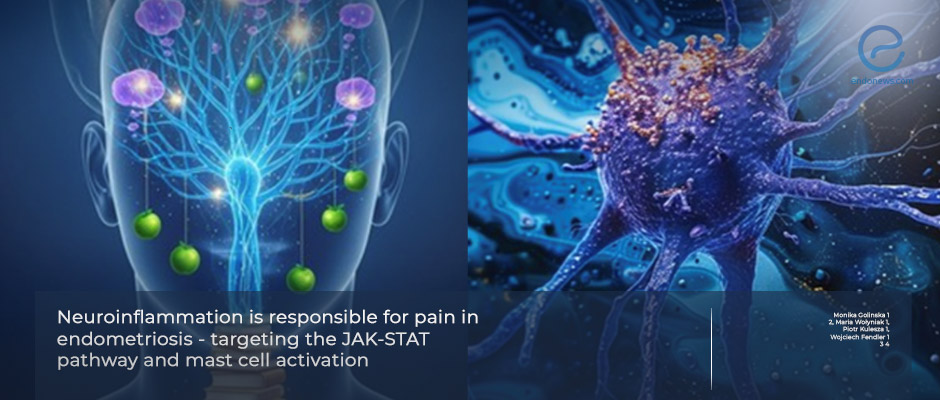
 By Ayse Ayhan
By Ayse Ayhan
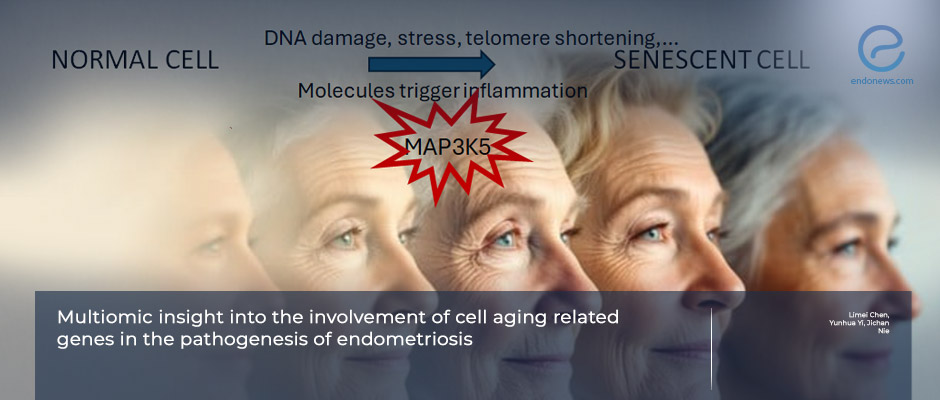
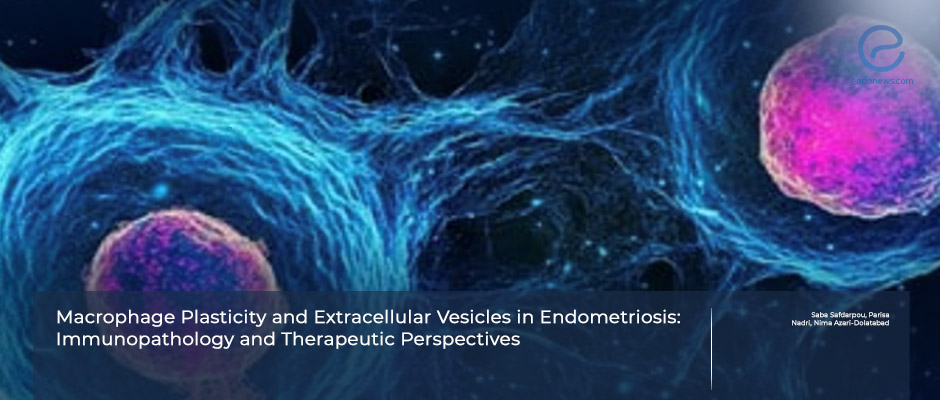

 By Özge Özkaya
By Özge Özkaya

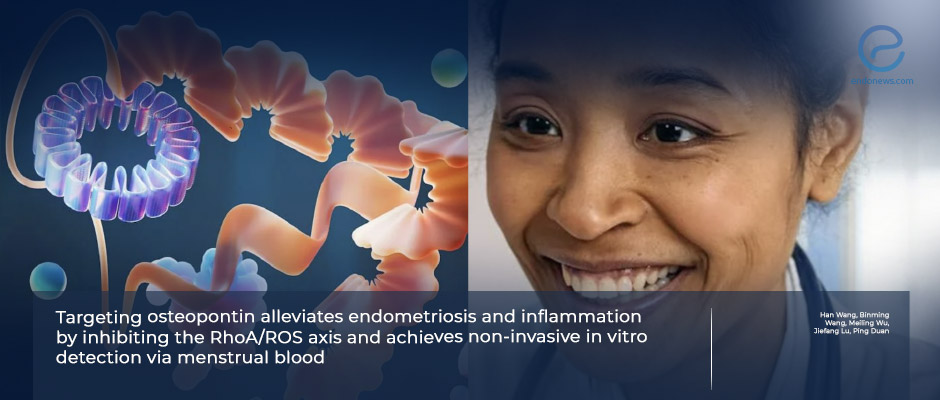
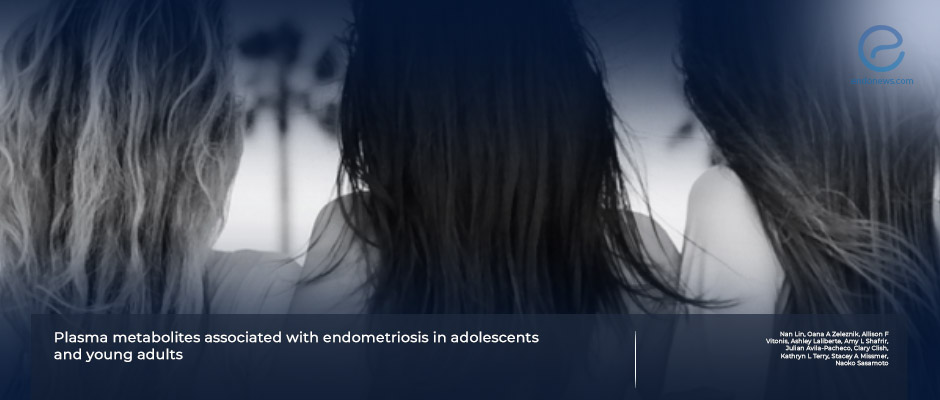
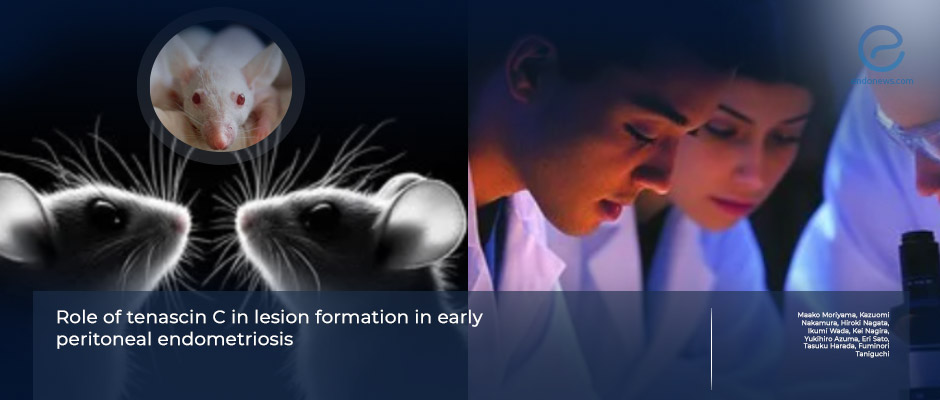
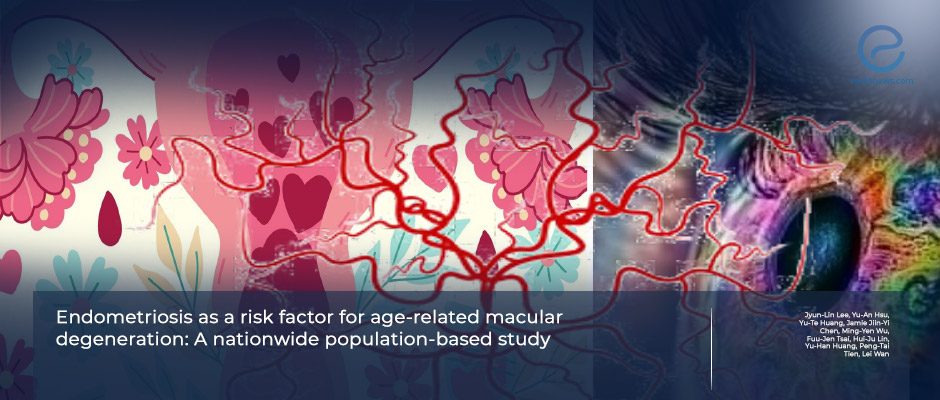
 By Selma Oransay
By Selma Oransay
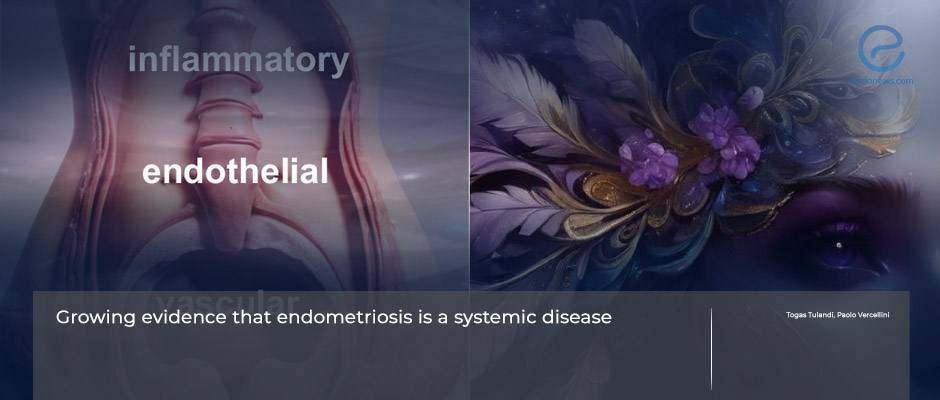
 By Nasuhi Engin Aydin
By Nasuhi Engin Aydin
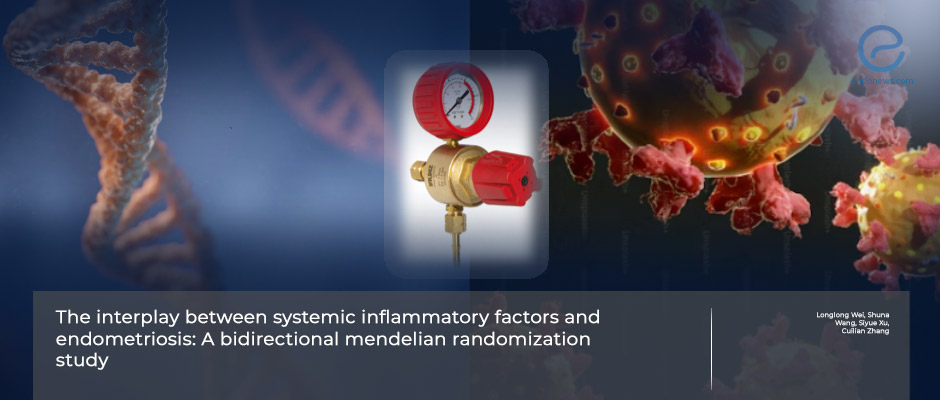
 By Eylül GÜN
By Eylül GÜN
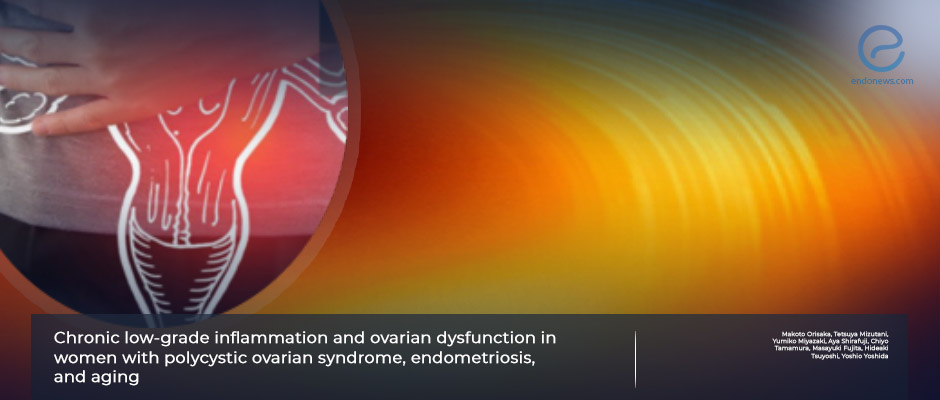

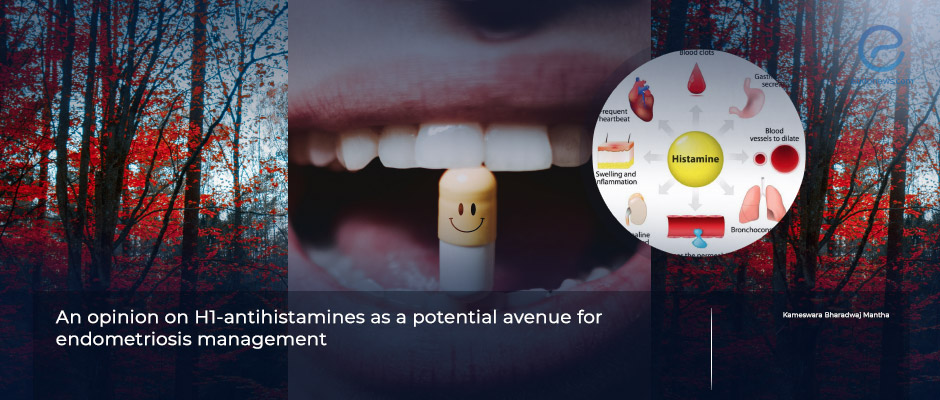
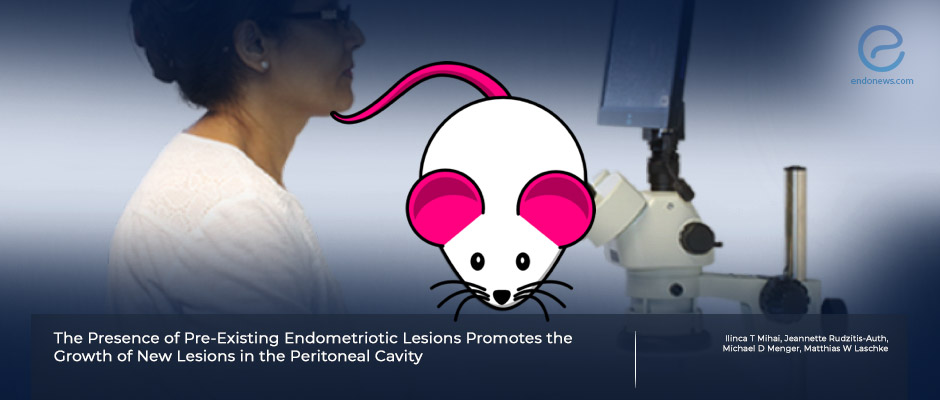
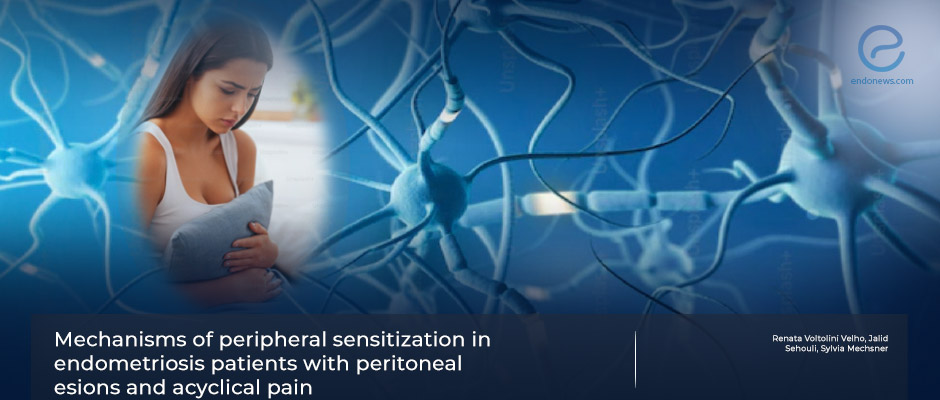
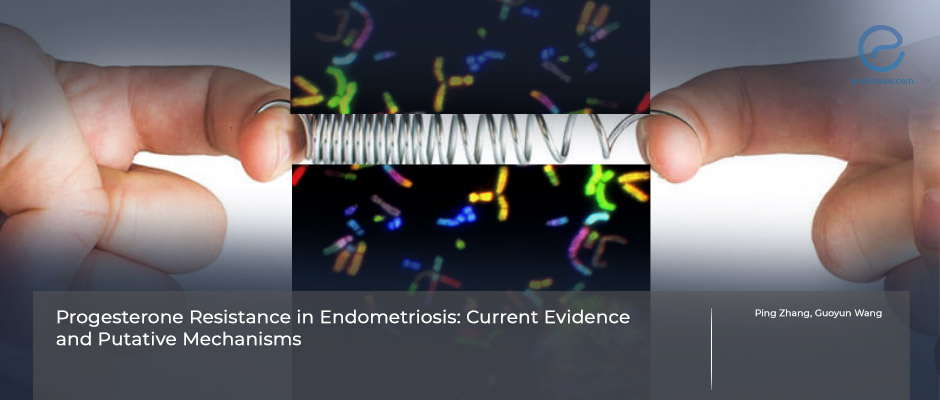
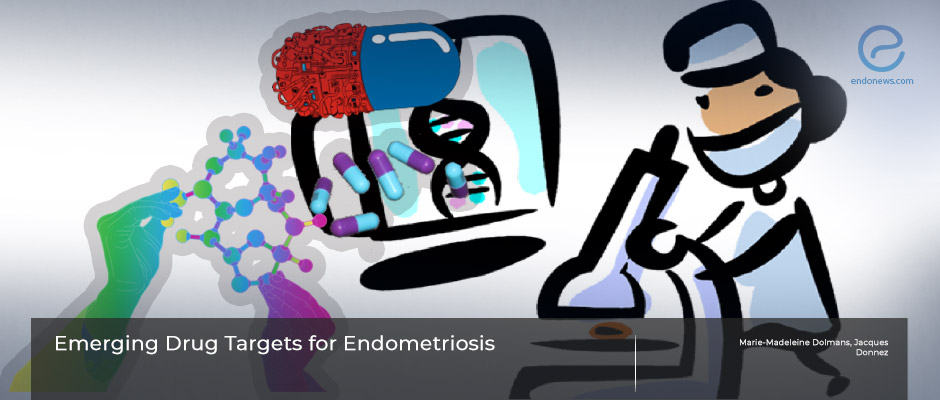
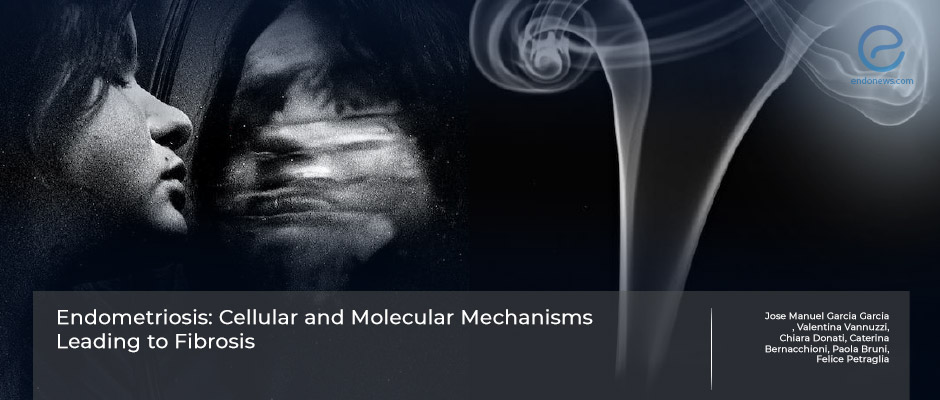
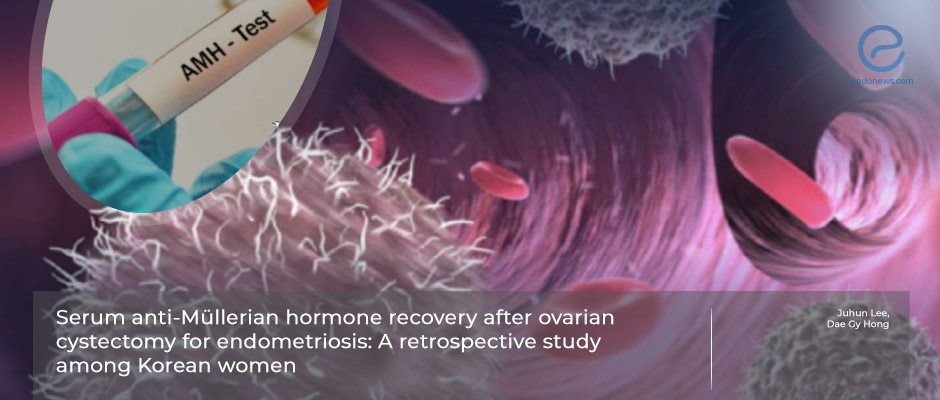
 By Hale Goksever Celik
By Hale Goksever Celik
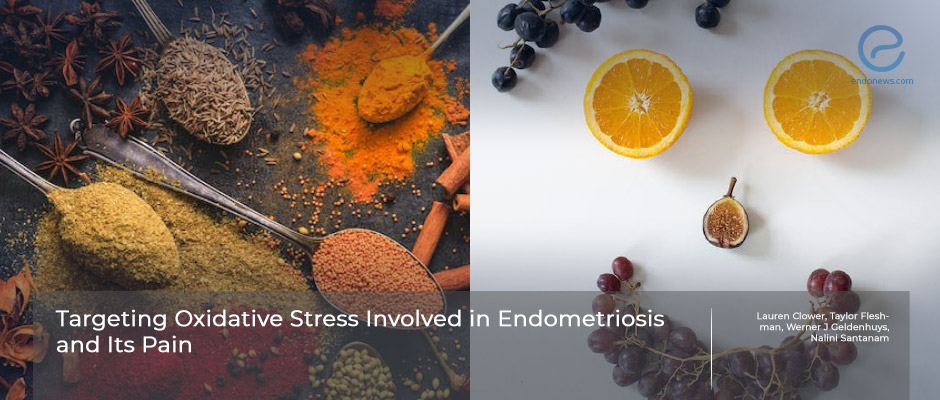
 By Bahar Yuksel
By Bahar Yuksel
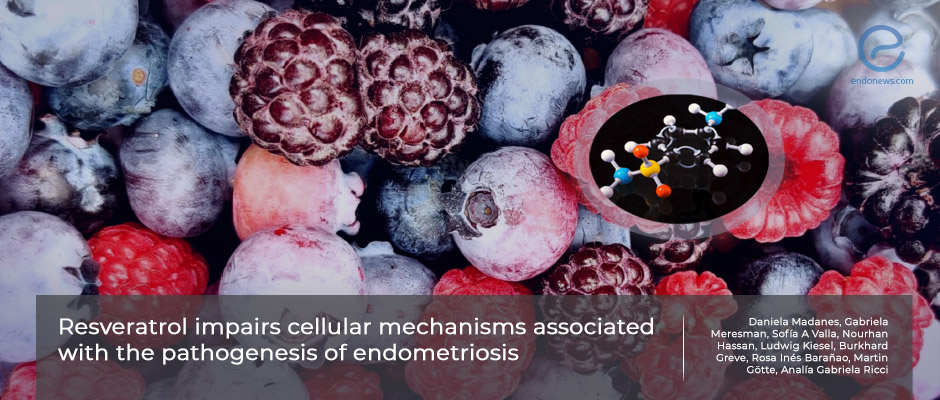

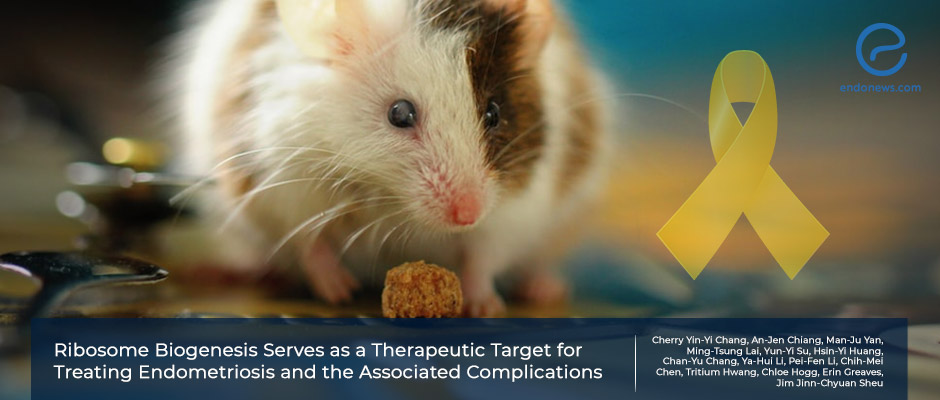
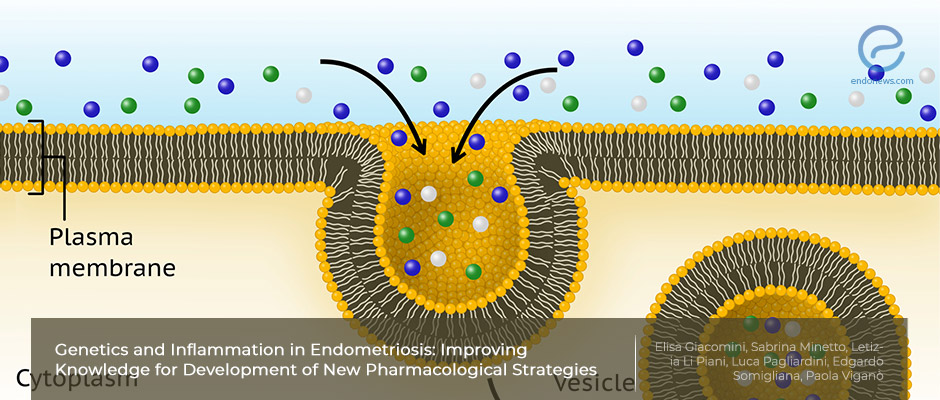


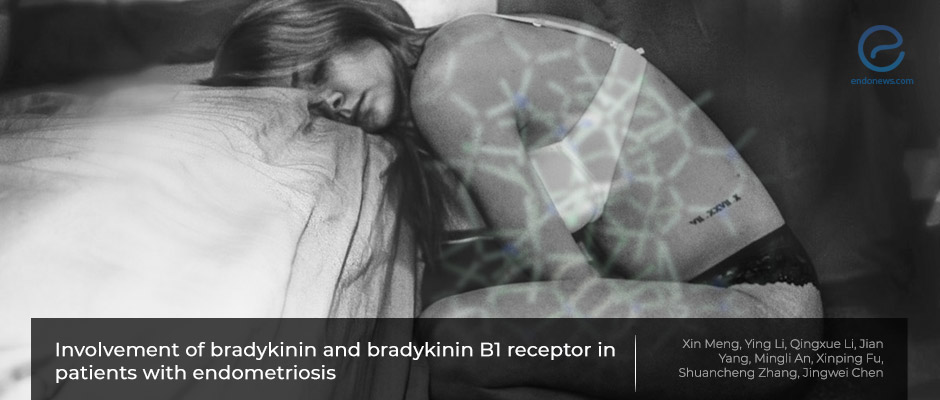
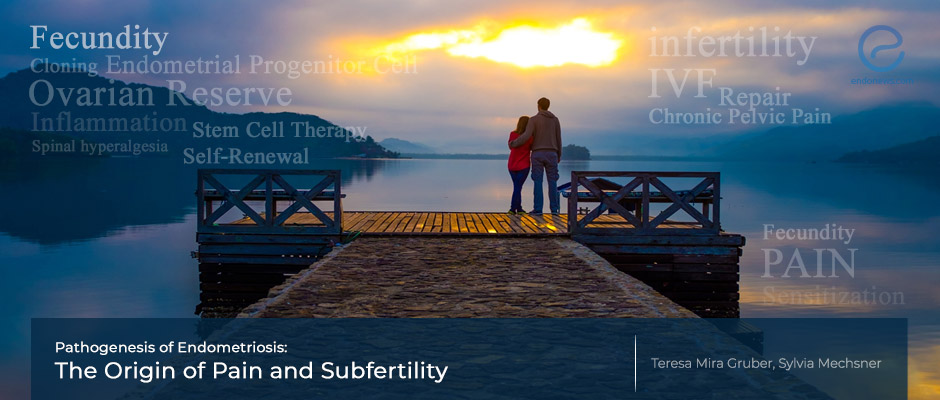
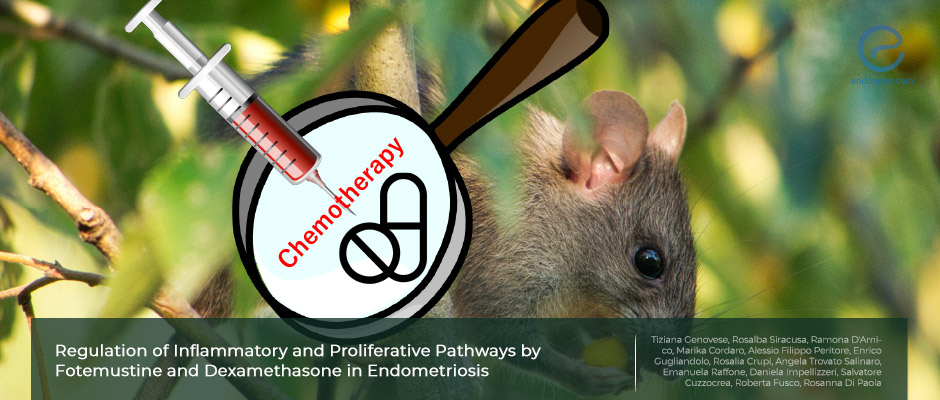
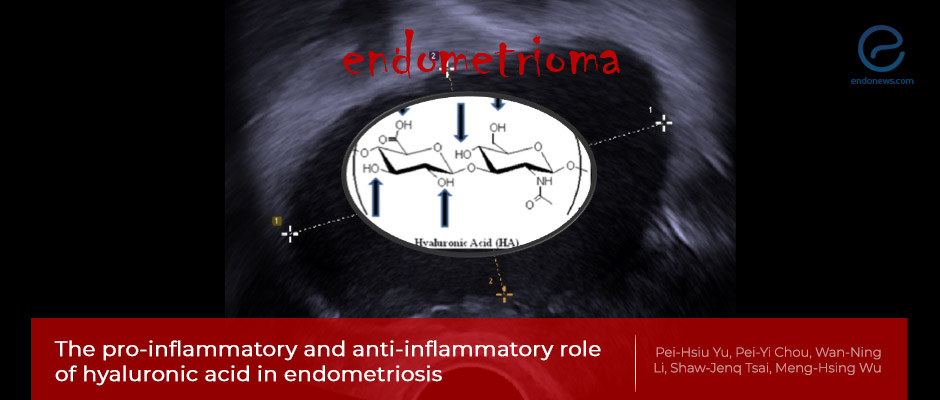
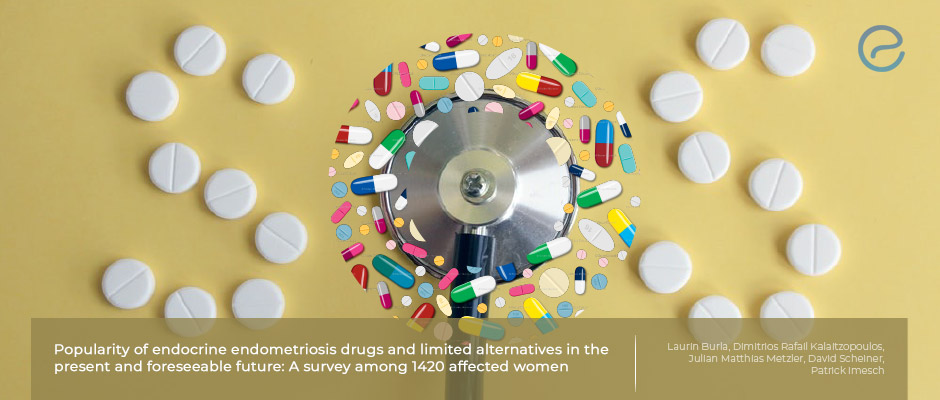
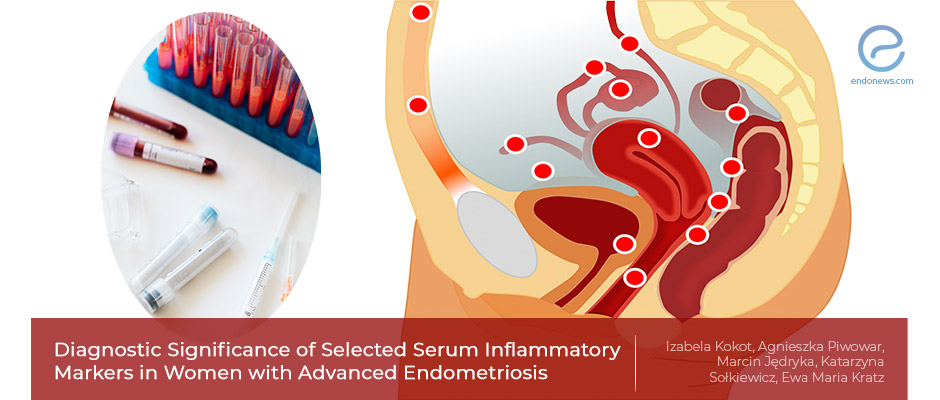
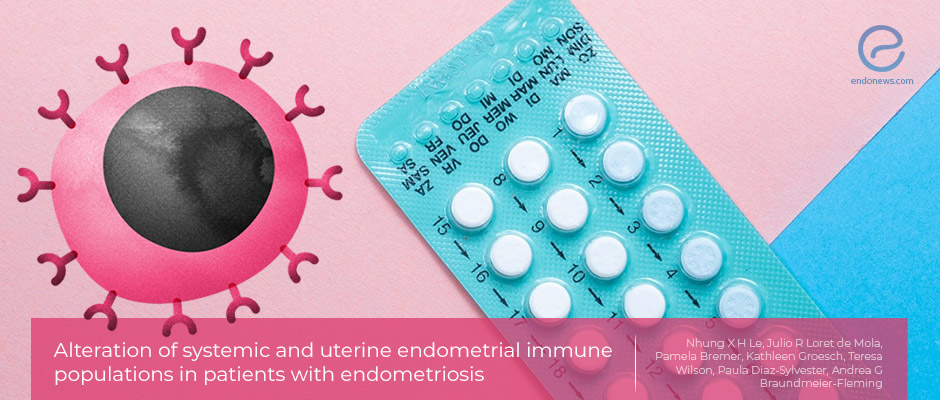
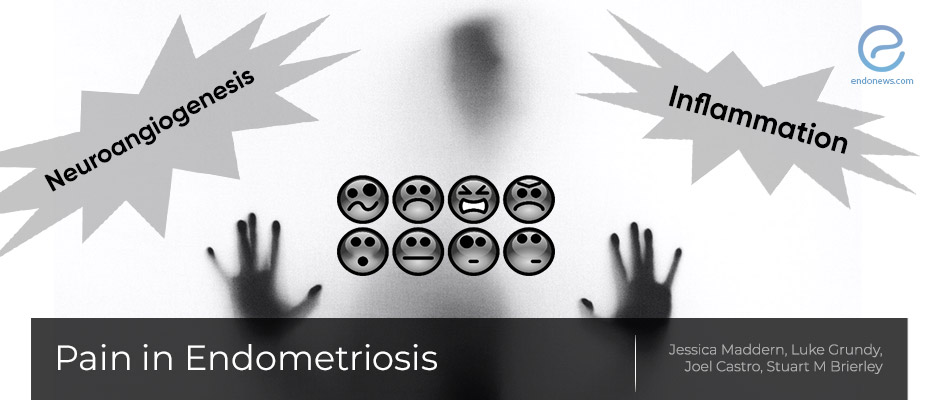
 By Dr. Youngran Park
By Dr. Youngran Park

 By Ellen Tumimbang
By Ellen Tumimbang

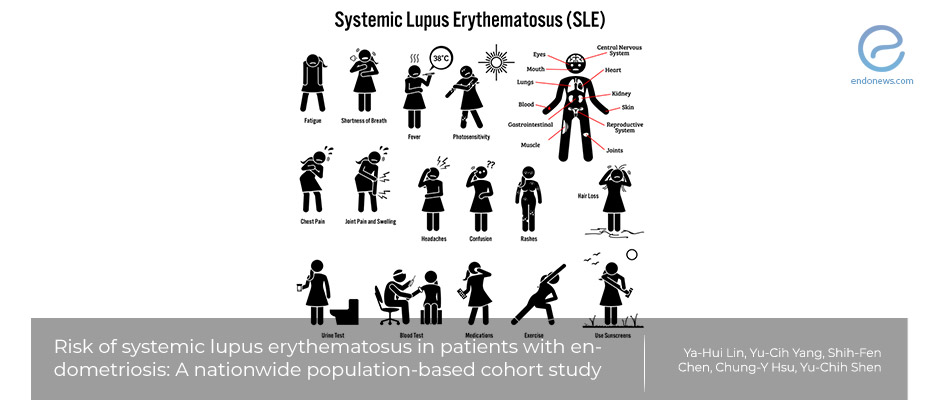
 By Murat Osman
By Murat Osman
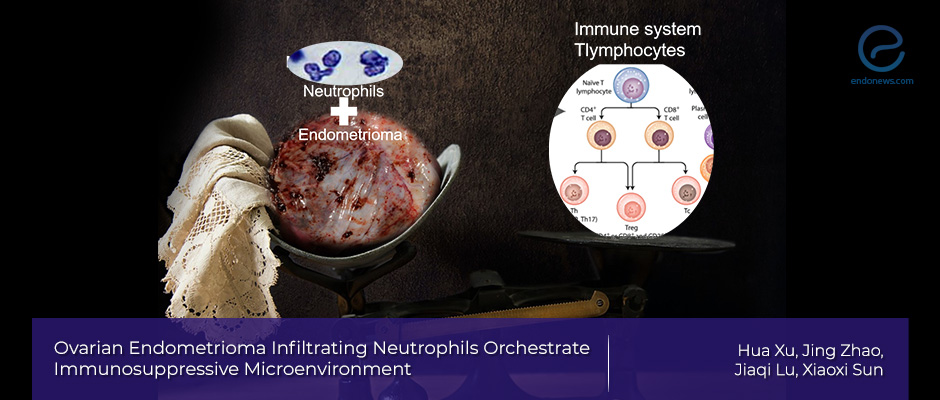
 By Yu Yu
By Yu Yu


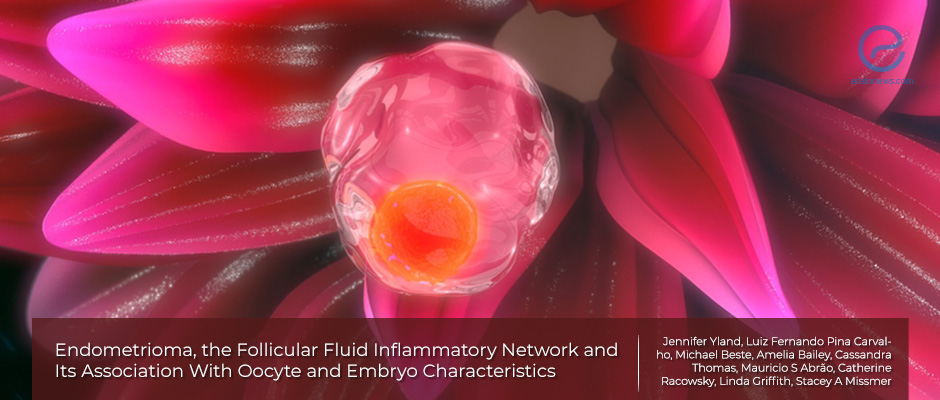
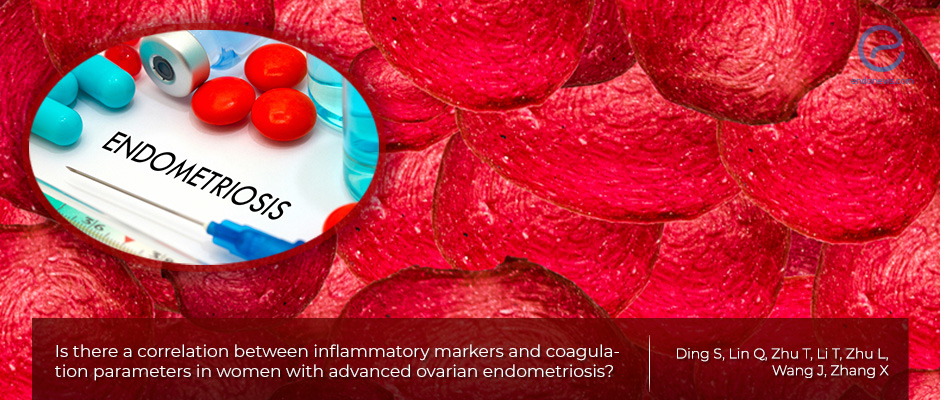
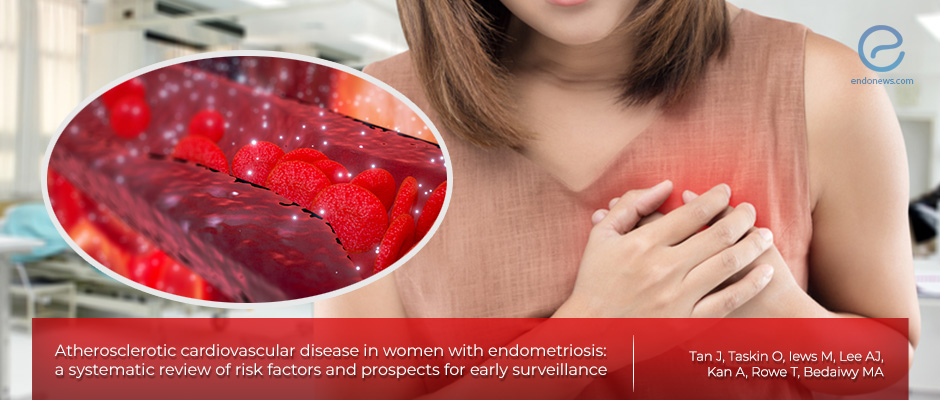
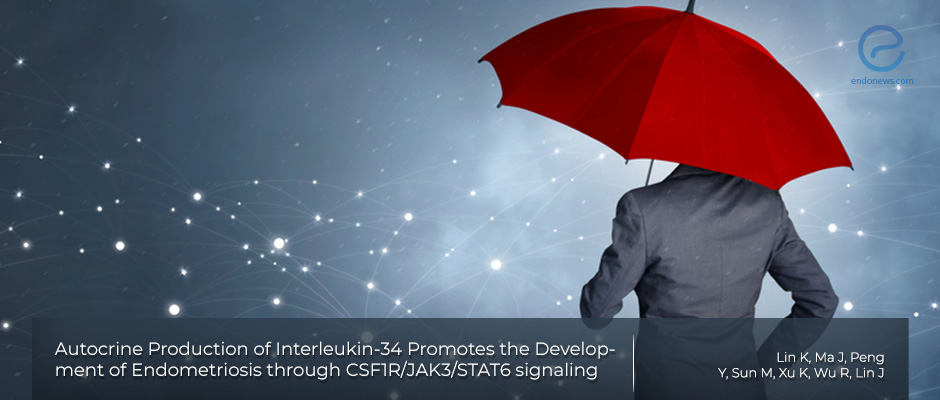
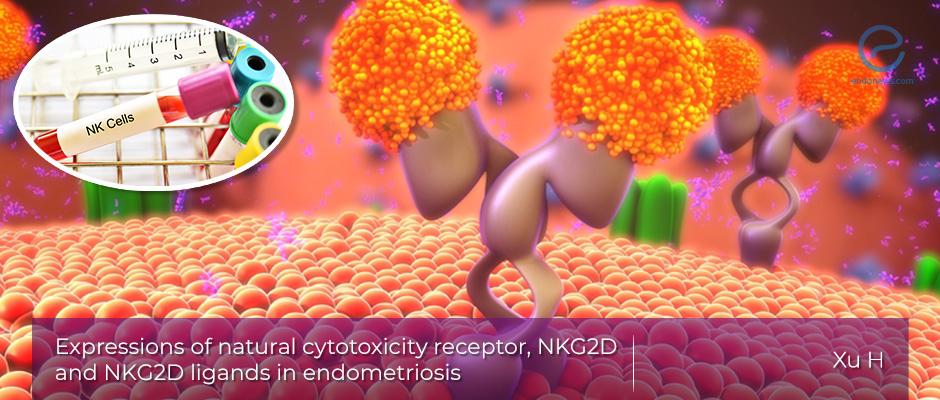
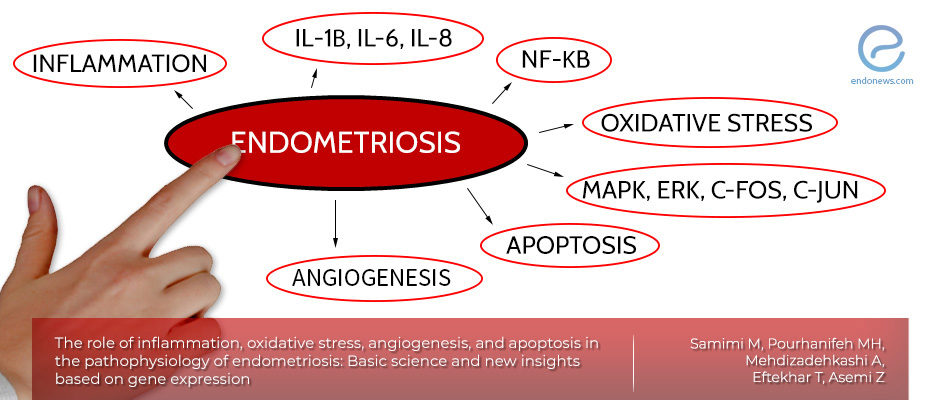
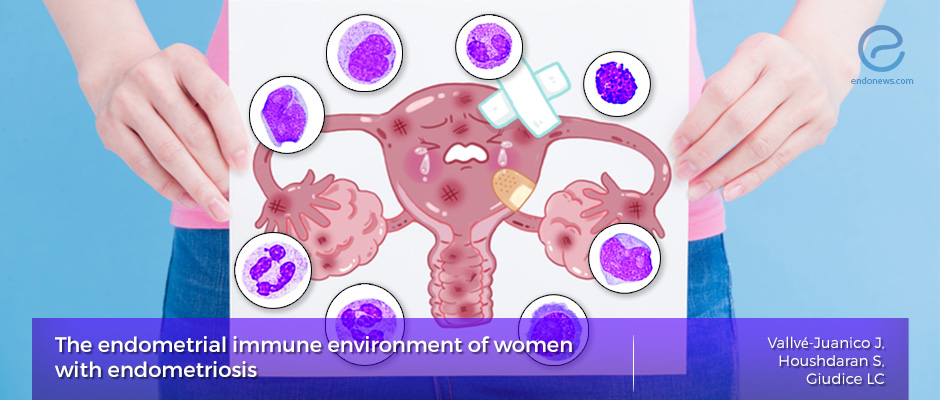
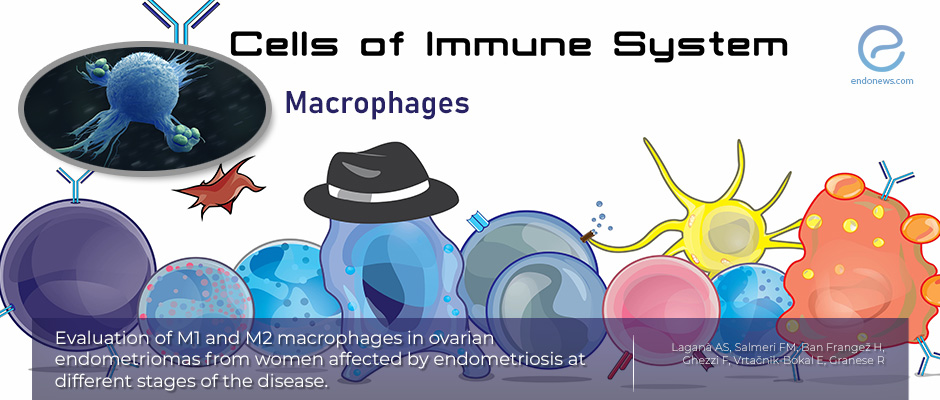
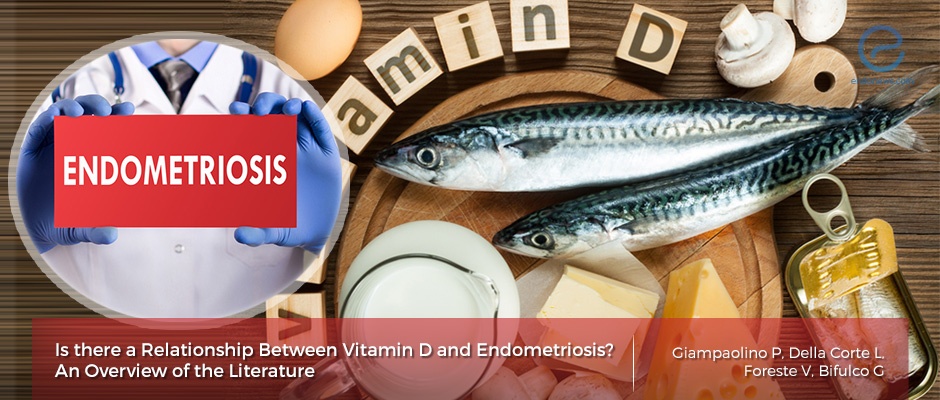
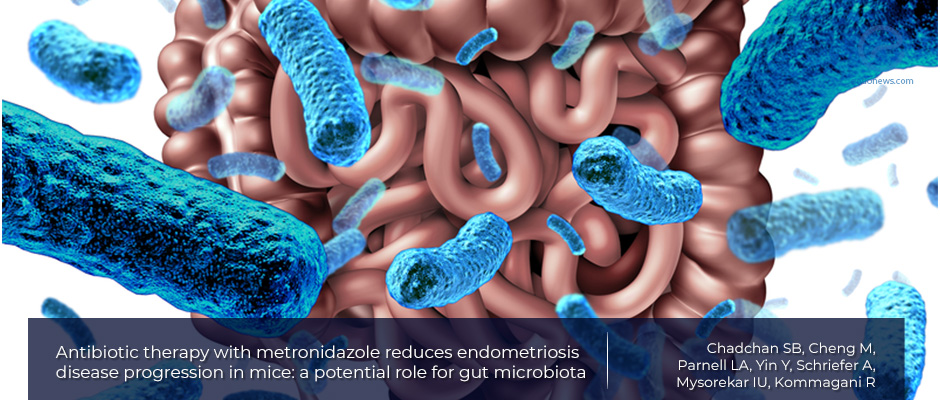
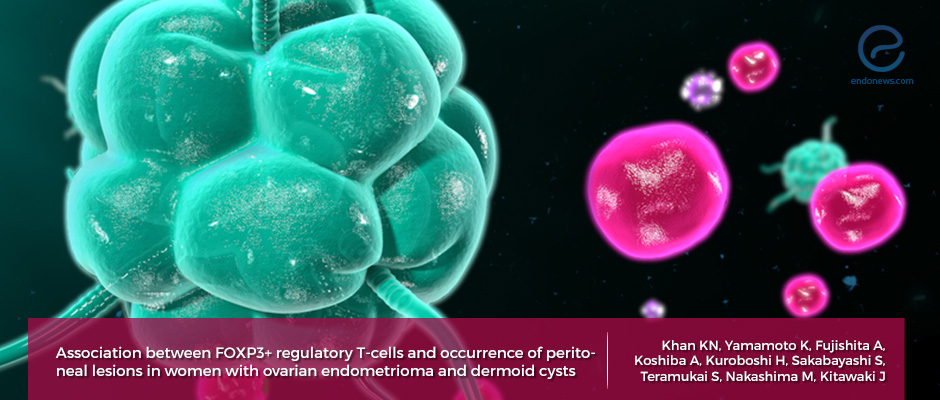

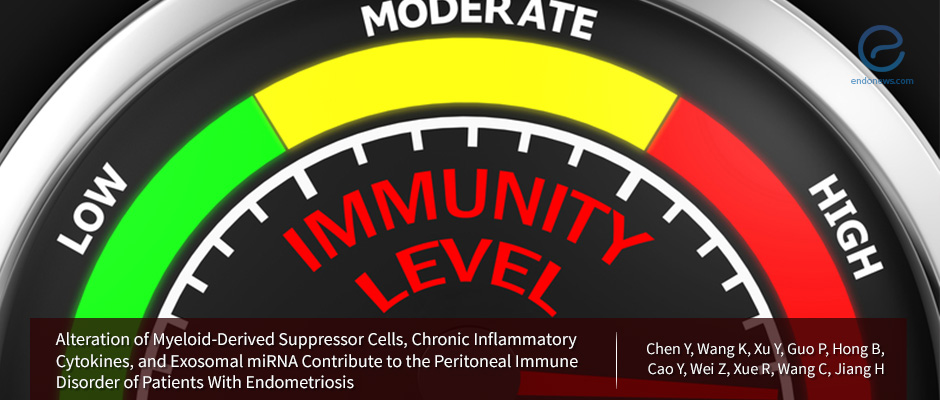
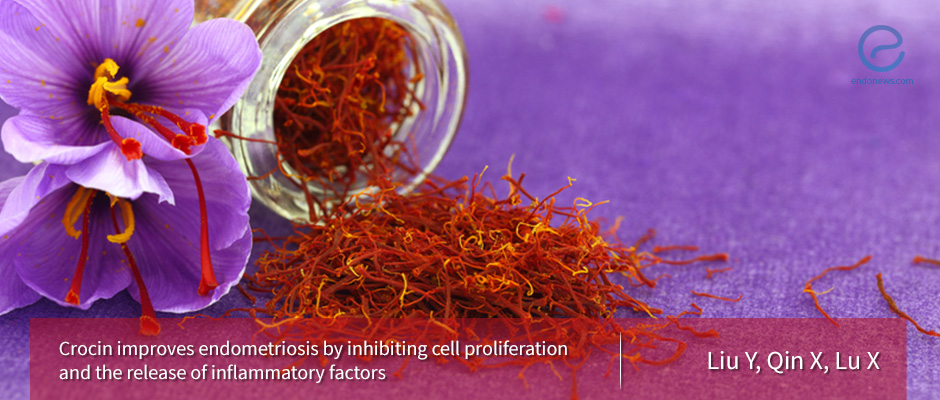
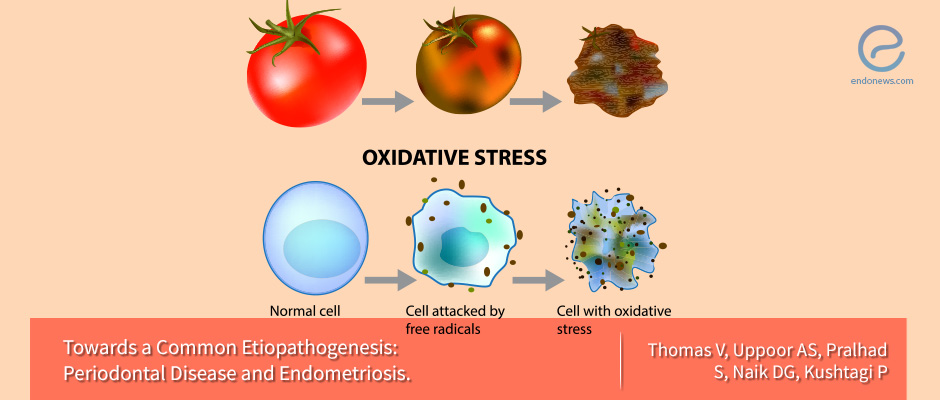
 By Irem Onur
By Irem Onur
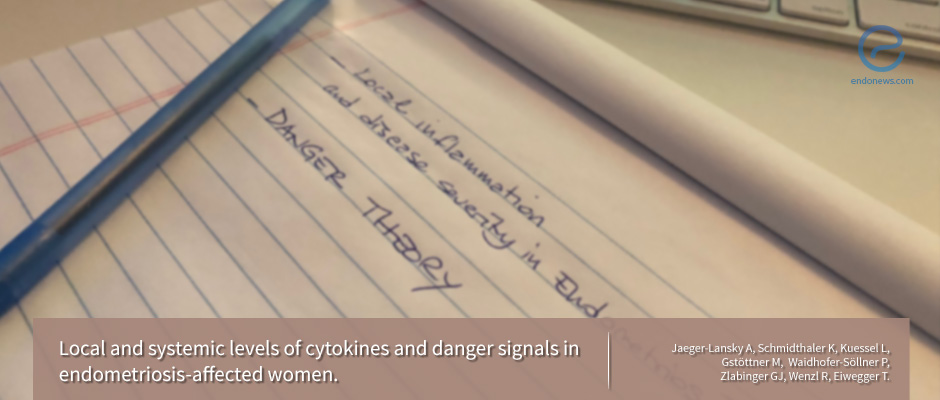
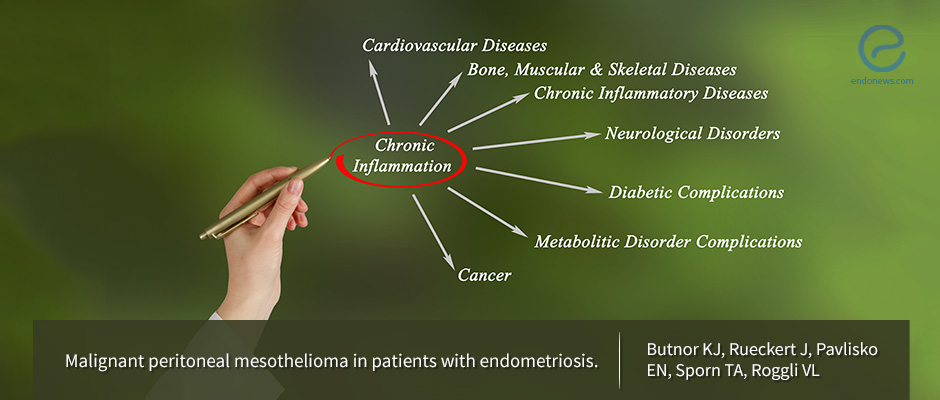
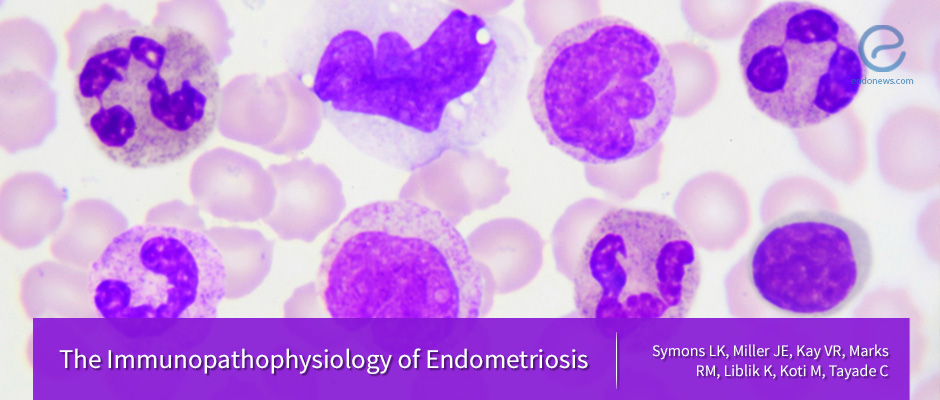
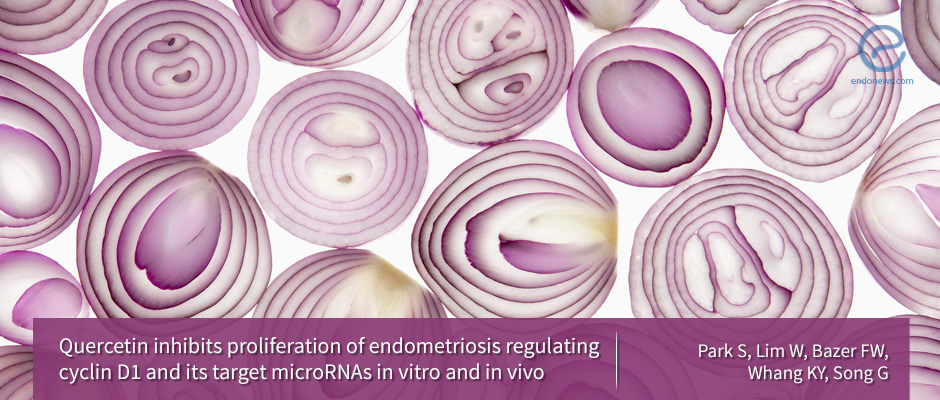
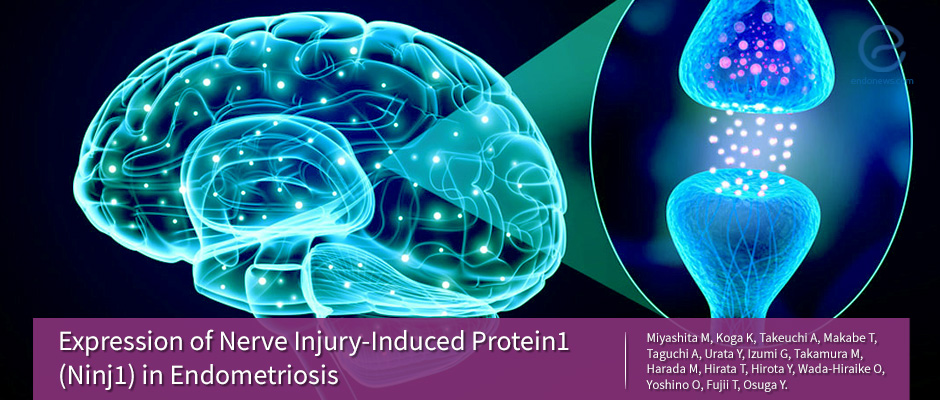
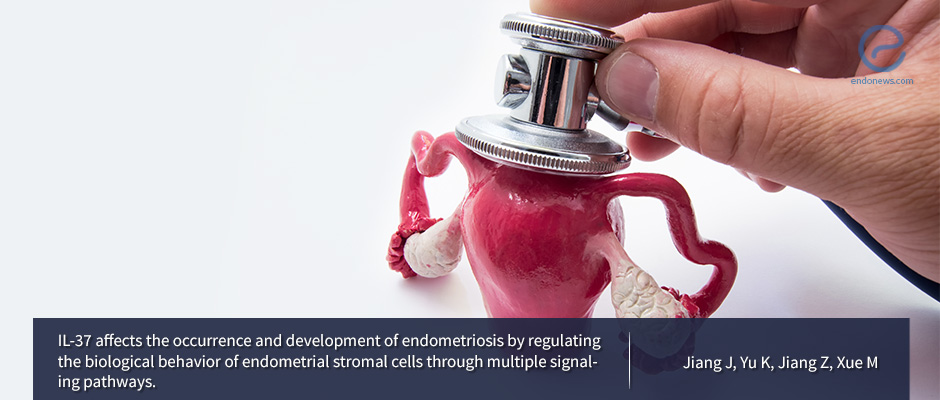
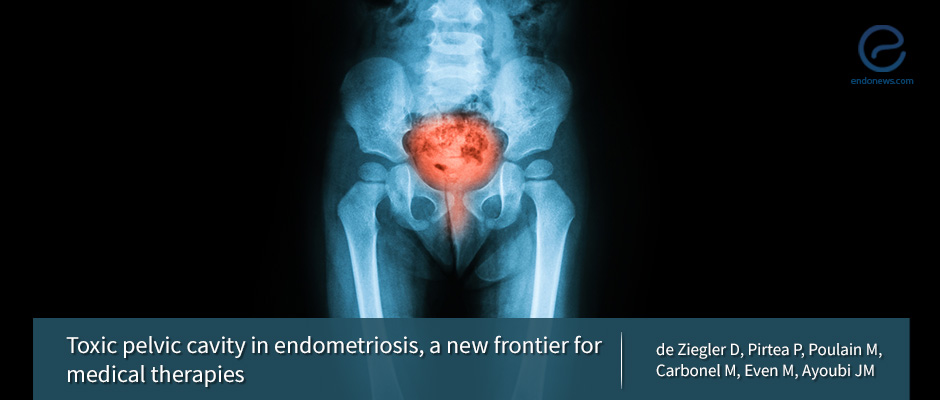
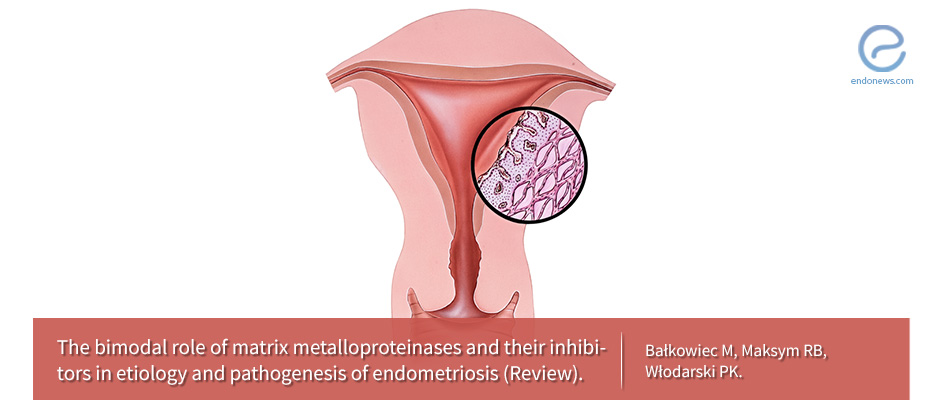
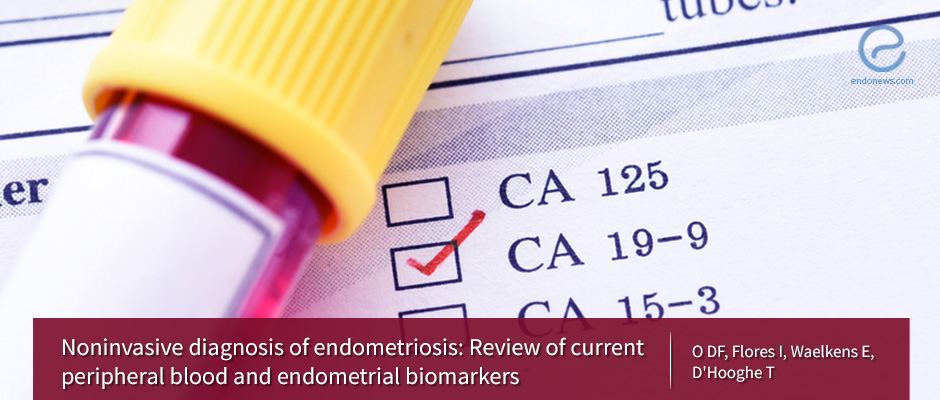
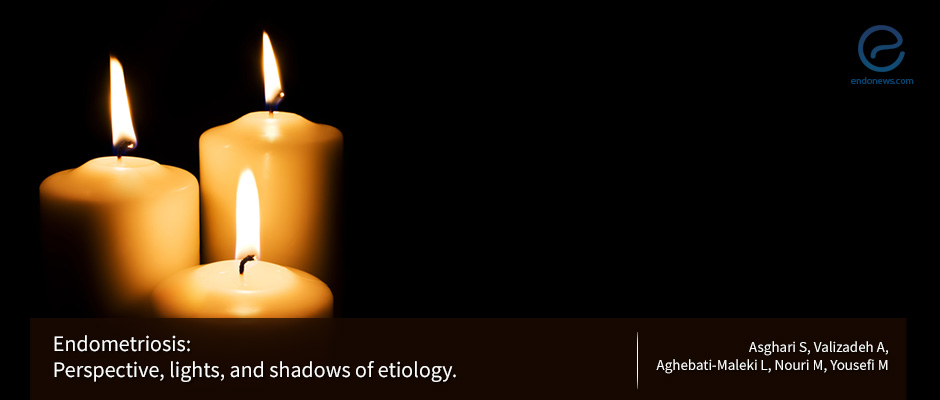
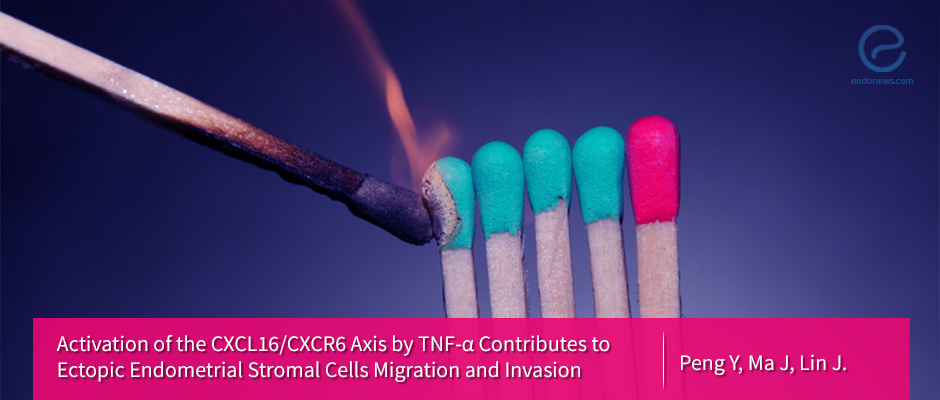
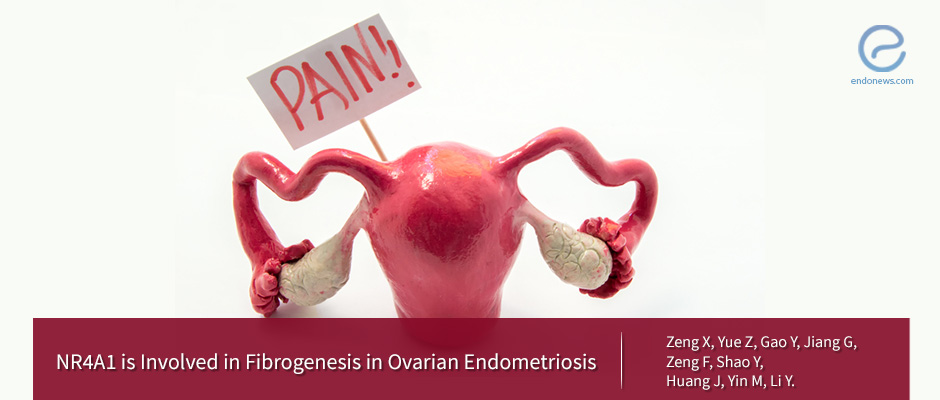
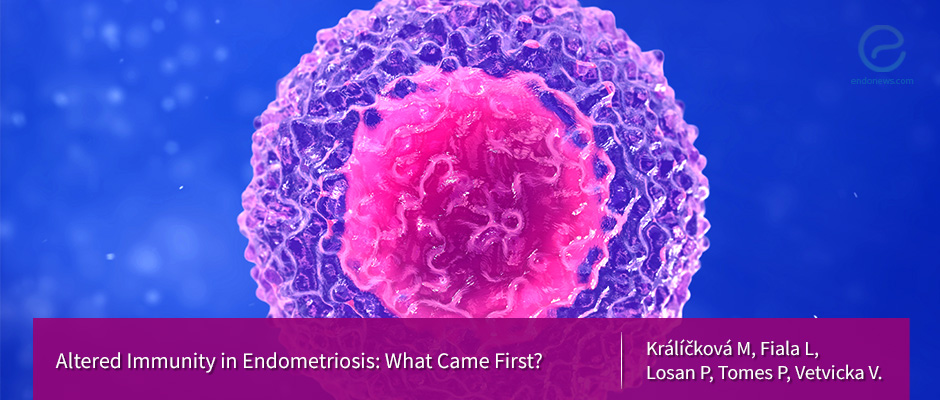
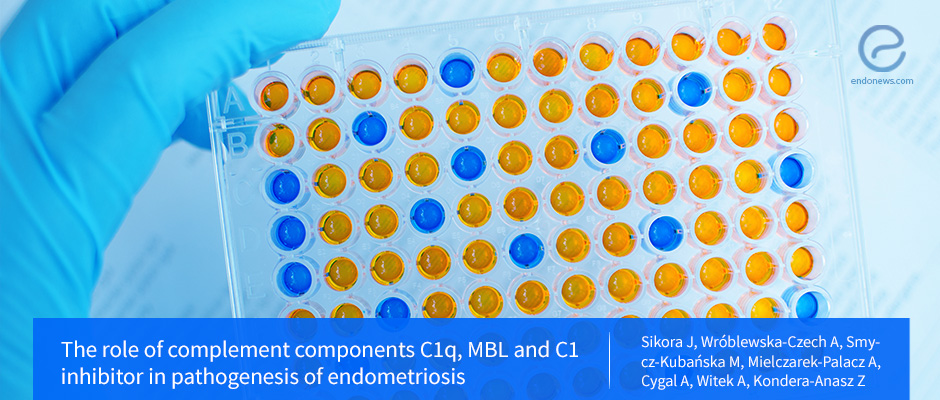
 By Kasthuri Nair
By Kasthuri Nair
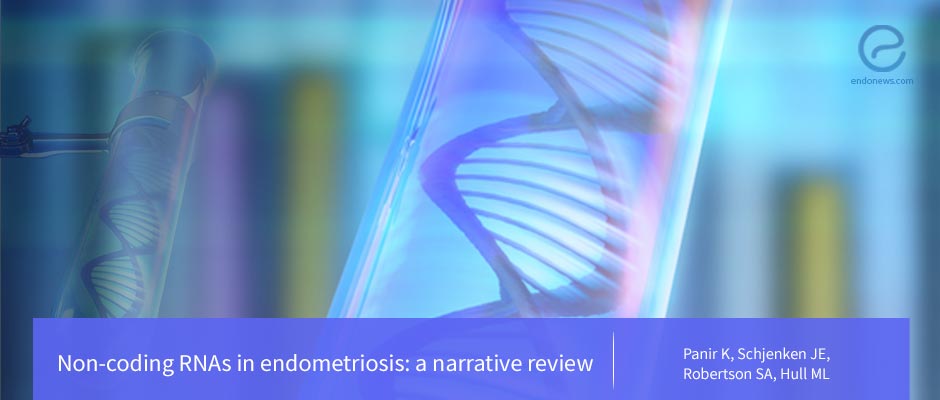
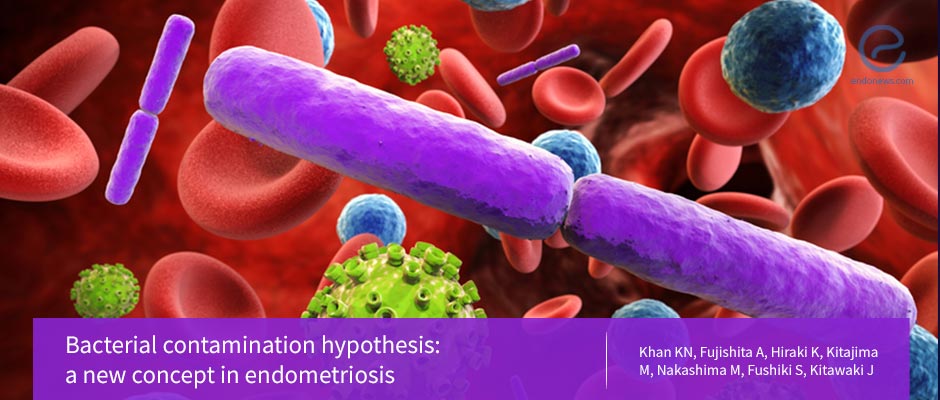
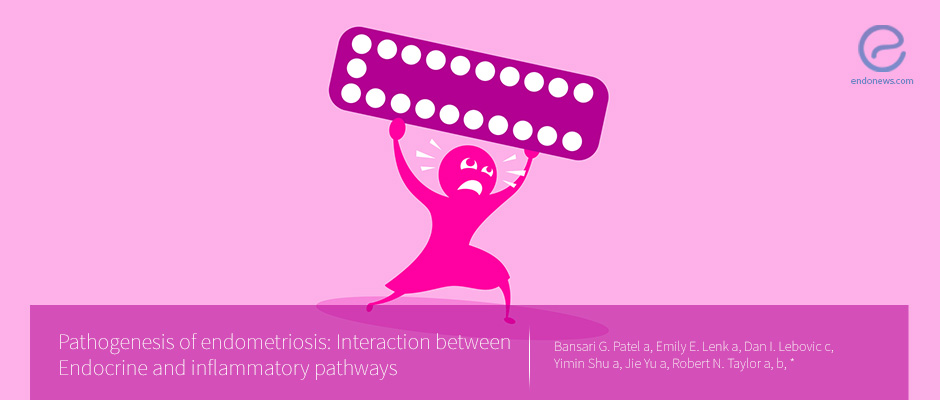
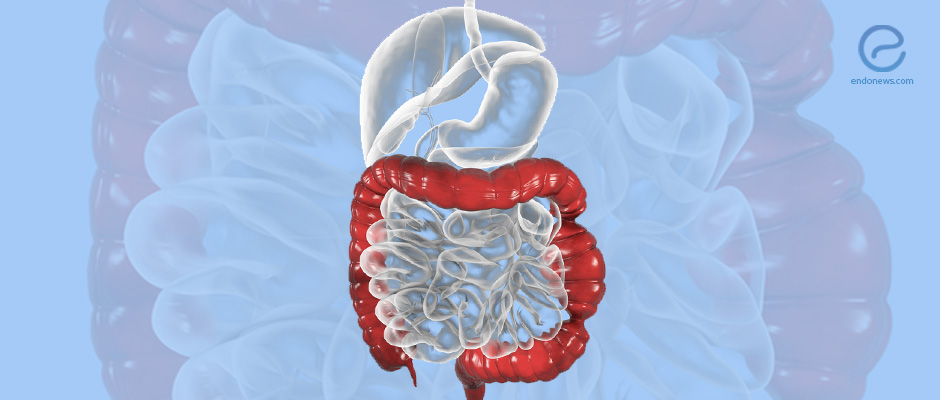
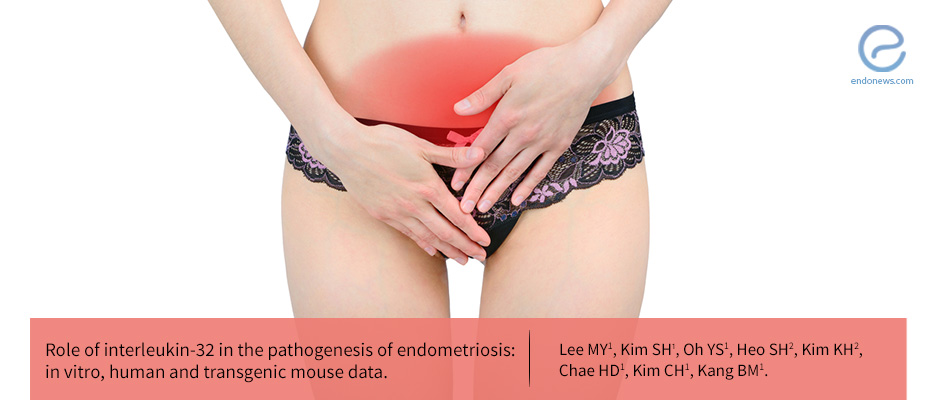



 By Demet Candaş Green
By Demet Candaş Green

